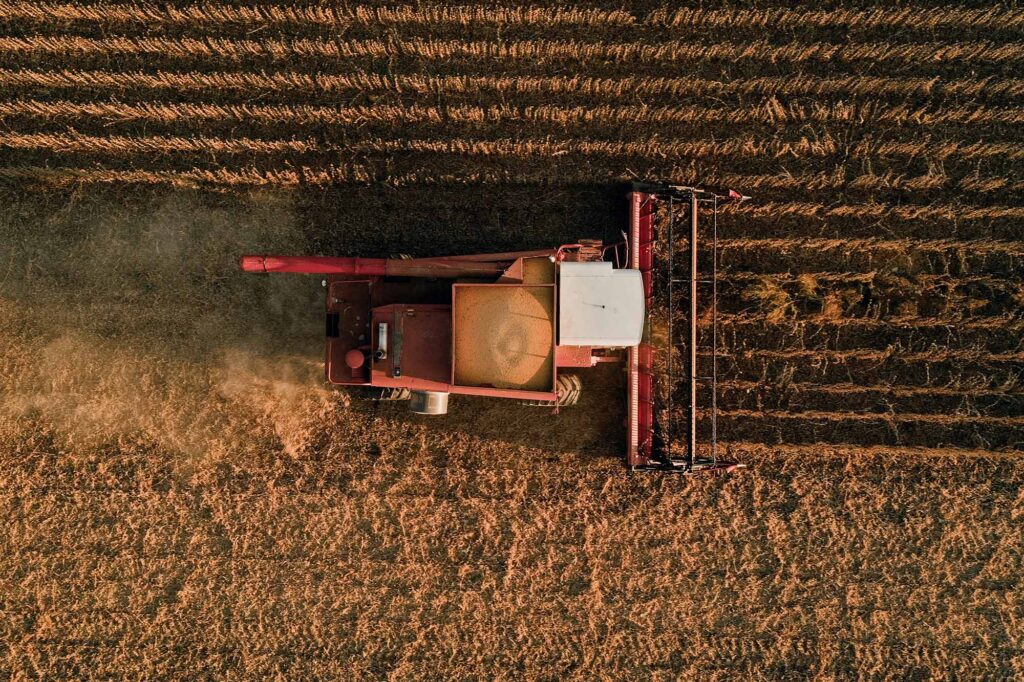The green transition is critically important but has sometimes come with negative and unexpected side effects. Ahead of the International Day for Biodiversity, SIANI’s expert group on Land Rights in Latin America outlines an alternative approach that would benefit both nature and local communities.
On 22 May, the world observes the International Day for Biodiversity, this year with the theme “Harmony with Nature and Sustainable Development”. The topic is timely – the past year has seen intensifying discussions on how to achieve sustainable development while meeting both climate and biodiversity goals. Not least has the SIANI expert group on Land Rights in Latin America helped raise awareness of how green transition efforts in one place can lead to increased social injustice and environmental harm in another location.
This topic deserves more attention, according to Caroline Delgado, senior researcher and programme director at the Stockholm International Peace Research Institute (SIPRI) and coordinator of the SIANI expert group:
“The benefits and burdens inherent in the green transition are not, for now, evenly distributed. Without deliberate interventions, the transition could deepen injustice and division.”
In an IPS News op-ed, Delgado unpacked the power dynamics involved. Wealthier countries and households tend to gain more from green infrastructure and green investment, which can create new jobs and opportunities. Low-income countries may get additional revenue from increased sales of minerals and biofuels, but often at a high social cost.
The extraction of energy transition minerals can exacerbate pre-existing vulnerabilities in surrounding communities, leading to food insecurity and loss of income. Likewise, biofuel production has significant implications for land use, ecology, food security and rural communities.
Indigenous Peoples and low-income farming communities tend to be most affected. It is estimated that more than half of the potential mineral reserves are located on or near the lands of Indigenous groups and peasant communities. They depend on the land for their livelihoods, and many have deep spiritual and cultural ties to nature. Yet, their protests and attempts to protect their land are often met with extreme violence. There is a clear risk that the green transition aggravates entrenched forms of marginalisation, Delgado warns.
In the report Environmental and Climate Justice and the Dynamics of Violence in Latin America, the SIANI expert group describes how Latin America’s economic model leads to a vicious cycle of inequality, biodiversity loss, food insecurity and violence. Local communities would benefit from a shift to another approach, but that becomes more unlikely if the green transition underpins the dominant economic model.
There are, however, some positive developments. One example is last year’s UN Biodiversity Conference COP16 where the SIANI expert group organised a well-attended side event that helped raise awareness of the interconnection between violence, extractivism, biodiversity loss and climate change. COP16 is also seen as a milestone event when it comes to the recognition of the role Indigenous and local communities’ play for biodiversity. Several key steps were taken:
- COP16 established a permanent ‘subsidiary body’ to enhance the engagement and participation of indigenous peoples and local communities in all processes related to the Convention on Biodiversity.
- The work programme prioritised the conservation, restoration and sustainable use of biodiversity; full and effective participation; and a human rights-based approach.
- It was decided that half of the provisions paid to the new Cali Fund should go to the self-identified needs of Indigenous Peoples and local communities, increasing their ability to lead conservation and biodiversity restoration efforts. (The fund will collect contributions form companies making commercial use of digital sequence information on genetic resources.)
- COP16 underscored the need to balance renewable energy goals with equity and sustainability.
This Biodiversity Day should build on these advances and showcase the role Indigenous and local communities can play to protect biodiversity and enhance climate resilience. The SIANI expert group describes this in the Environmental and Climate Justice report and the annex Addressing Food Security and Land Rights Challenges in Latin America. The main message is that it is possible to shift to a more sustainable economic system and break the cycle of violence against environmental defenders. Only then can we achieve a just, inclusive and sustainable green transition.
